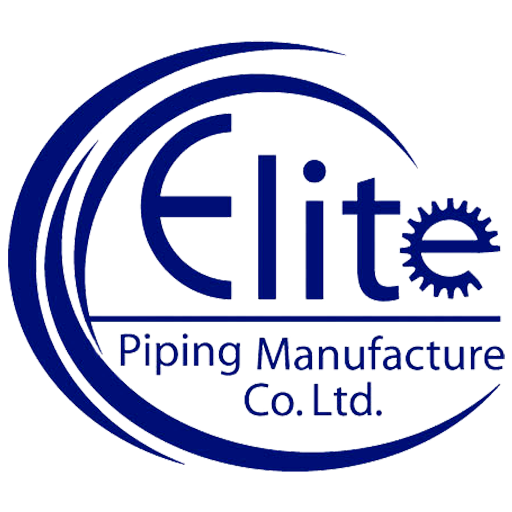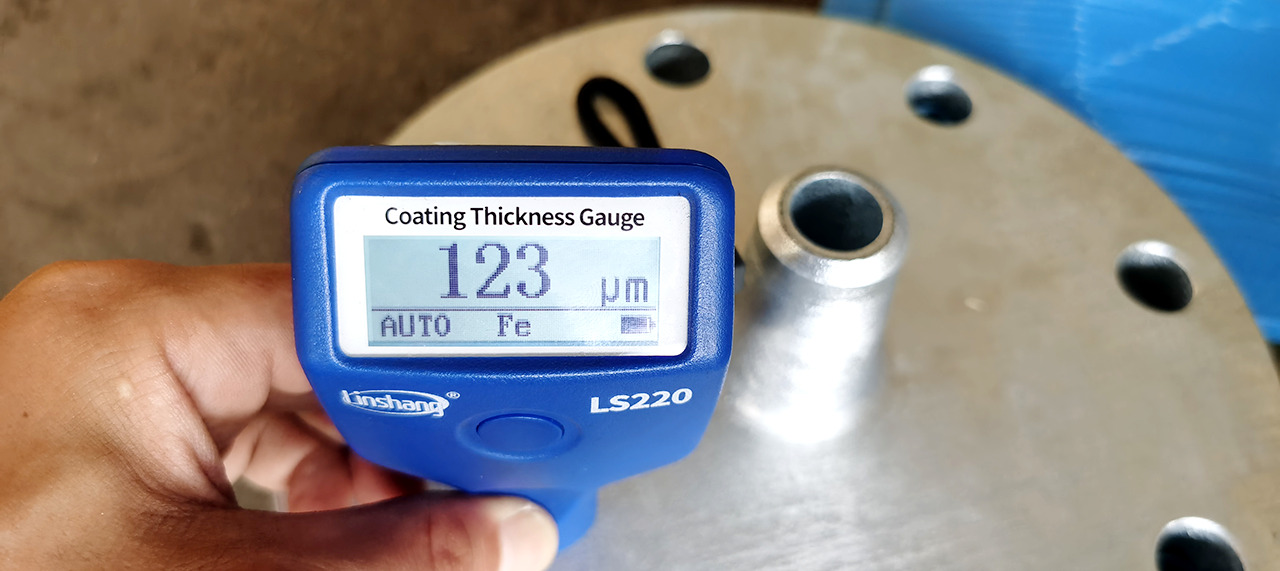Share this
The principle of flange coating inspection:
1、Visual Inspection:
The simplest method for flange coating inspection involves using the naked eye or visual aids such as magnifying glasses or microscopes to examine the surface of the coating. This can be used to detect visible defects such as cracks, peeling, and bubbles.
2、Coating Thickness Measurement:
Coating thickness measurement instruments, such as coating thickness gauges, can be used to measure the thickness of the coating. By comparing the measurements with predefined coating thickness specifications, it can be determined whether the coating meets the requirements.
3、Coating Adhesion Testing:
This testing method assesses the adhesion between the coating and the substrate. A commonly used method is the peel test, which applies gradually increasing force to determine when the coating starts to peel off from the substrate.
4、Coating Hardness Testing:
Coating hardness can be measured using hardness testing devices such as Rockwell hardness testers or Brinell hardness testers. Coating hardness information can help assess its wear resistance and scratch resistance.
5、Non-Destructive Testing Methods:
These methods do not damage the coating or substrate and include ultrasonic testing, X-ray inspection, and eddy current testing, among others. Ultrasonic testing is used to detect defects beneath the coating’s surface, such as pores and cracks. X-ray inspection can identify issues within the substrate, such as cracks and defects, by penetrating the coating. Eddy current testing is suitable for detecting defects in conductive coatings and can uncover subsurface irregularities.
6、Infrared Thermography:
This method involves capturing thermal radiation images of the coating’s surface to detect issues. Non-uniform coatings or subsurface defects cause thermal conductivity variations, which are displayed in the thermal images.
7、Fluorescent Penetrant Inspection:
This method entails applying fluorescent dye onto the coating, followed by ultraviolet light exposure to observe the fluorescent reactions and detect surface and internal defects.
Different methods are suitable for various types of coatings and inspection requirements. In practical applications, the choice of inspection method depends on factors such as the type of coating, thickness, anticipated issues, as well as cost and efficiency considerations.

